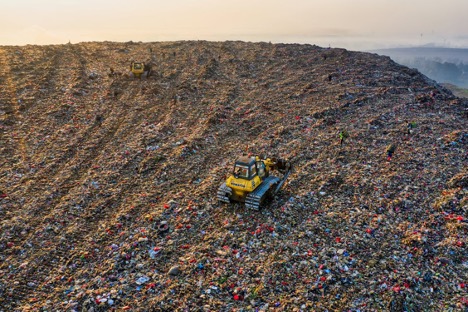Introduction
Composting is an incredible and straightforward method not only to contribute to environmental conservation but also to save money! In today’s blog, we’ll delve into the myriad benefits of composting, from reducing waste to enriching soil health. Additionally, we’ll provide practical tips and guidance on how to start your own compost bin or pile, empowering you to make a positive impact on the environment while enjoying the financial savings and rewards of this eco-friendly practice.

What is Composting?
Composting is the process of decomposing organic materials (ex. food and yard waste) into nutrient-rich soil amendments through microorganisms, moisture, and oxygen. Compost is a dark substance which can be used to enhance soil health, which is useful in fertilizing gardens, landscaping purposes, and in many other ways!

Benefits of Composting
Composting helps the environment greatly in a wide variety of different ways. Additionally, this composted soil is incredibly rich in nutrients, so if you have a home garden or other plants you can use this soil similarly to fertilizer to help them grow!

Composted soil boasts improved structure, facilitating better water penetration. Its nutrient-rich composition fosters accelerated root development, aiding in erosion prevention. Hence, for lakeside or beachfront properties, this soil proves invaluable for conserving land and property.

A critical environmental advantage of composting is its role in alleviating landfill space constraints. As the U.S. population expands, it becomes imperative to embrace composting and similar practices to optimize land usage effectively. By diverting organic waste from landfills, composting contributes significantly to sustainable waste management and land conservation efforts.

Creating Your Compost Pile
The first step to creating a compost pile is to find a suitable location. When picking a spot, one should look for flat ground in an area that is at least partially shaded. After finding the perfect spot, one can begin to add green things to start one’s compost pile including things such as grass clippings, fruit and vegetable scraps, and much more. On top of the green waste, one should add brown waste including things like dry leaves, cardboard, and shredded newspaper. Once both are added, one can continue to add your waste aiming for a 3-1 ratio of brown to green waste.

It is important that the pile stays consistently damp and needs adequate time for the material to properly decompose. Once the material is dark, crumbly, and smells like dirt, it is ready to be used in your garden!

Conclusion
Composting is a great and easy side-hobby to start that is good for the environment and your garden. We only get one planet, so it is important to remember that the little things help much more than we may realize at first glance. At Highlands Environmental Solutions we care about assisting our clients with their environmental needs. To learn more about what we do click the link below!


